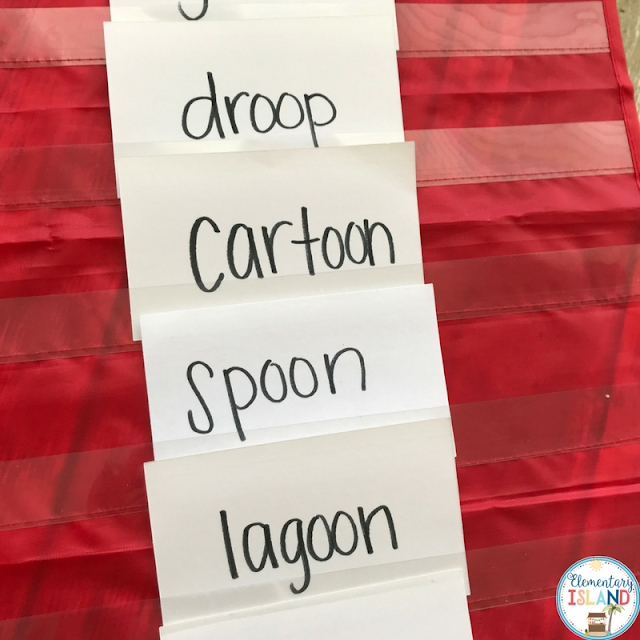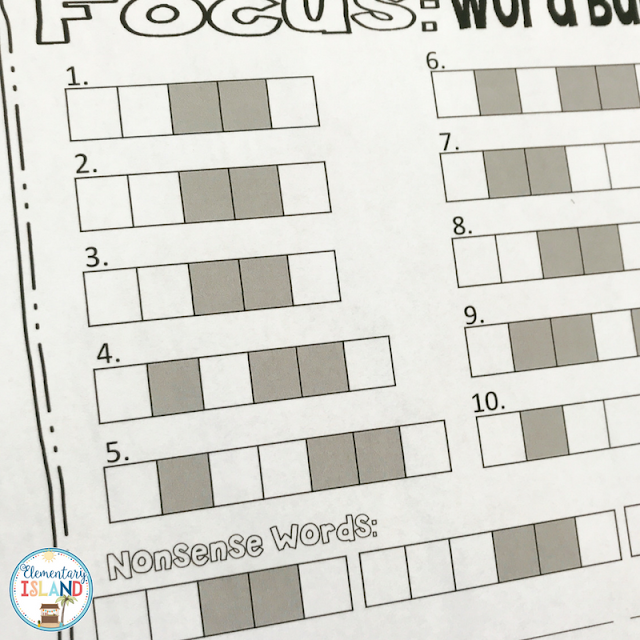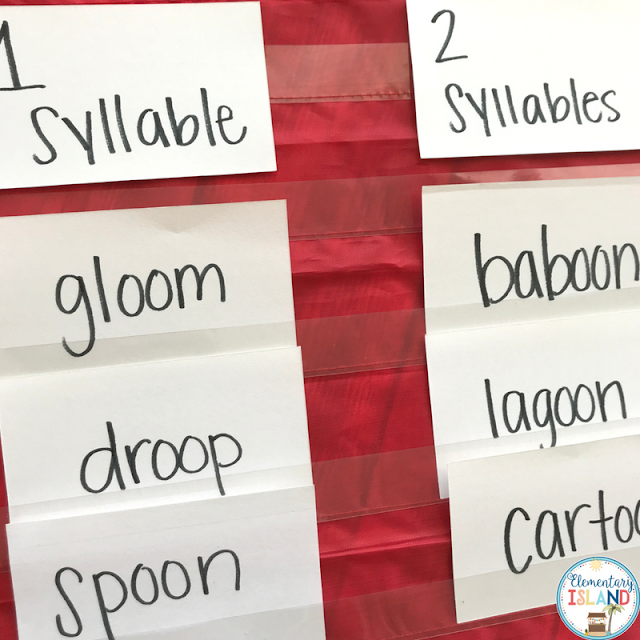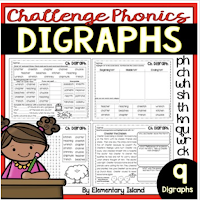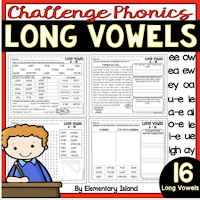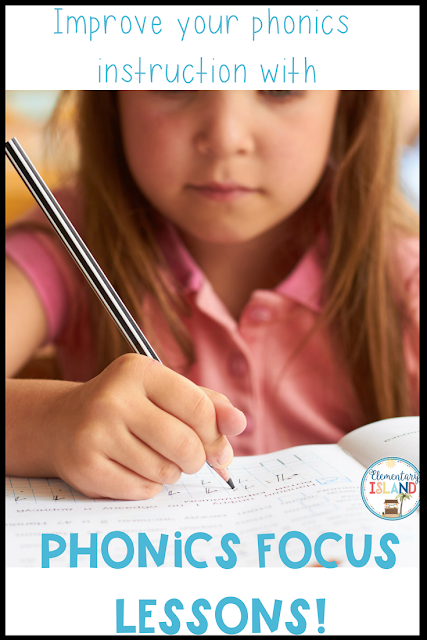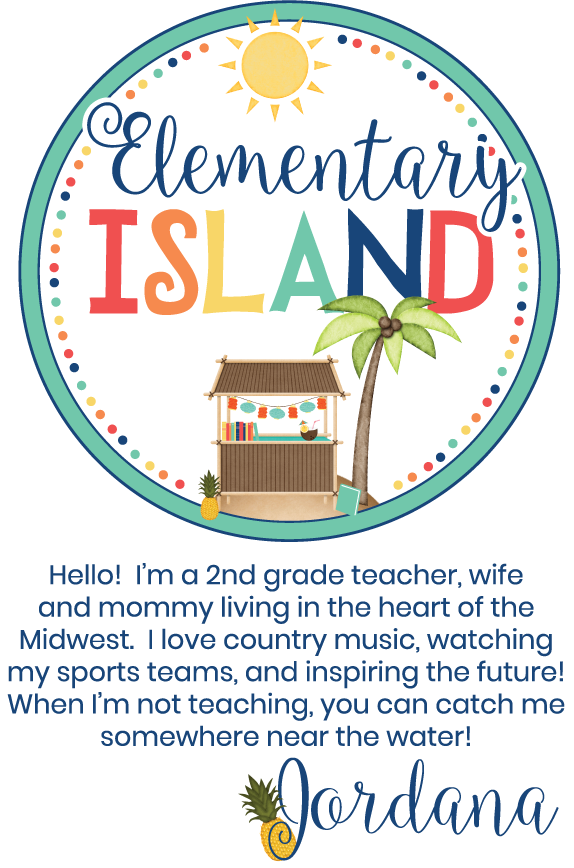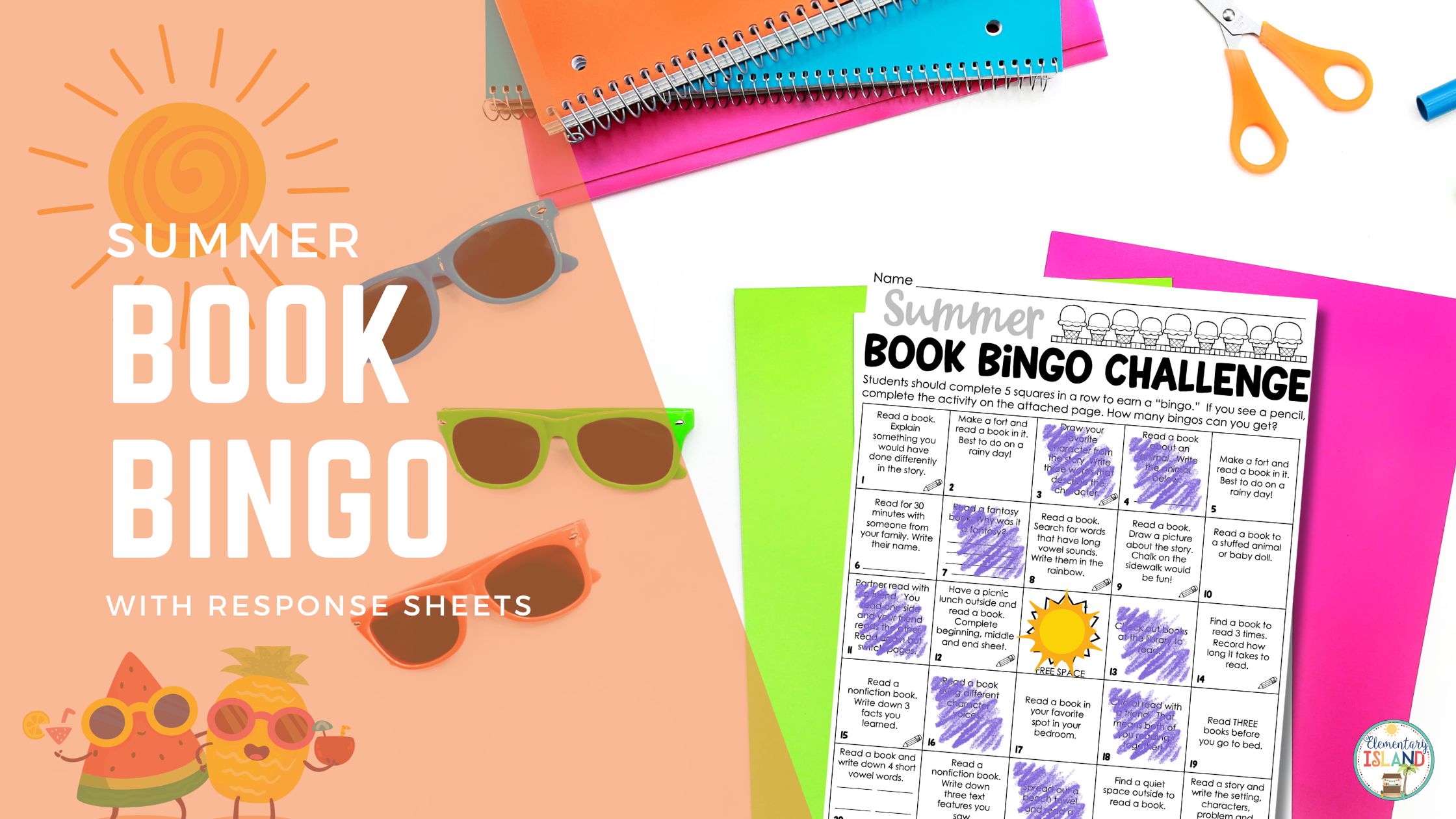I know summer is quickly winding down for some of you, and I can’t believe it! As I get ready for my school year to begin, one of the things I like to prep and plan ahead for is phonics. Does anyone else feel like your students don’t retain the phonics patterns you teach, because you have a MILLION patterns to get through in the year, and you’re moving quickly??
I’ve found that it helps to just get a little more focused with the way that I teach the patterns to begin with! These focused phonics lessons really help my students with their decoding long-term. I have seen a huge different since I started using them!
How the Phonics Focus lessons work:
Step 1: I prep the words on notecards to hang in a pocket chart. The students can see the pattern you are working with right away, and you will use these later on in your lesson!
Step 2: You have your own teacher guide for each pattern in these lessons. Start by reading the words and sentences from your guide. Students write the words down on their Phonics Focus paper. Each word has a set of boxes-white for consonants and gray for vowels. This is an easy little visual trick that helps students notice syllables, and when two vowels make one sound! It’s great for decoding.
Step 3: Have students use the pattern and apply it to some nonsense words that they will be unfamiliar with. This helps to make sure that they are really internalizing what that pattern says, and not just relying on memory with the words that they know!
Step 4: Sort! You can pull those word cards you made back out and discuss different ways to sort with the students. I suggest some different ways on your teacher guide, but you also can open it up to students and see if they can find any patterns among the words.
Step 5: Students think of their own words that are part of the word families in the list. You can have students share and create a chart of new words that use the pattern. You also can create new notecards for these words and sort them with your original list!
Step 6: Sentences. I like to read one sentence aloud for students to write, based on the words from our list, and then give students a sentence with all new words. This way, they must apply the pattern I have taught them to other types of words, which is what they will be doing as they see this pattern in books, or need to use this pattern in their own writing.
All of these steps do not necessarily need to happen in the same day! If you have a small block for phonics, you may need to stretch them out so you are only doing a couple of steps a day. The nice part about these lessons is that everything you need is on a single sheet of paper (with the exception of some note cards!) It’s easy for you and your students to keep up with!
What do YOU do to make phonics a priority in your room? What has worked for you? Share in the comments!
PS: The photos in this blog are highlighting my Phonics Focus pack for Diphthongs! You can view the product HERE. Or, if your students need a bit of a CHALLENGE during your phonics instruction, click the thumbnails below to see my Challenge Phonics lessons in my TPT Store!



